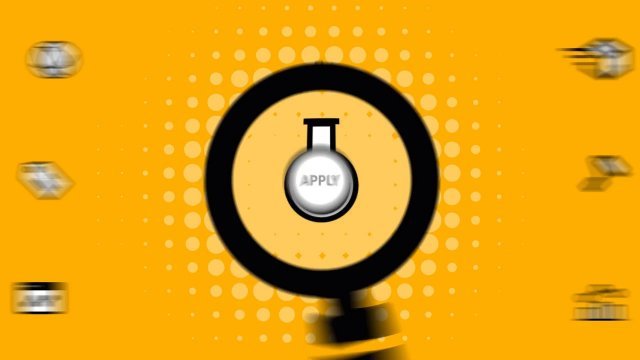When to apply
Apprenticeship vacancies appear throughout the year – each will give a deadline for applications and start dates. Vacancies with larger firms often start appearing from September, but most start to be advertised from January or February onwards. Smaller businesses might start recruiting a month or two before the job starts, so if you hope to start work in August or September, start looking from March/April onwards.
-
Sign up to Career Finder
-
Find the right apprenticeship
-
Make your application
-
Track your applications
Discover employers offering apprenticeships
Liking the sound of an apprenticeship but not sure where to begin looking? Get to know leading brands and the range of apprenticeships they offer. Everything from finance to engineering, and data analysis to project management.
Applying for an apprenticeship
Applying for an apprenticeship is a lot like applying for a normal job. Read our top tips to help you with your application:
- Research the apprenticeship thoroughly. You’ll need to know the role, and the associated apprenticeship standard, inside-out for your application and any interviews – you can research job roles on our website. Check if there’s a number you can call for an informal chat about the role – don’t be afraid to ask questions if you’re unsure about anything.
- Make a list of your experiences, hobbies, and interests. Print it off and keep it in front of you while you apply. If you get stuck, you can refer to it throughout your application. You need to compare and match your experience with what the employer and training provider are looking for in their job specification.
- Make sure you tailor your application to the role you’re applying for. Tie in your experiences and hobbies with what you’ll be doing in the apprenticeship. For example, if you’re applying for an apprenticeship in engineering, talk about relevant projects you’ve worked on in science or maths.
- Write about yourself. If you’re stuck, ask teachers, friends, and family to list your three top qualities to give you a starting point.
- Talk about your skills and qualities, not just your hobbies. For example, if you’ve been the captain of the school football team, this shows leadership and teamwork skills.
- Show you're a great fit for the apprenticeship. Provide examples to prove what you’re talking about. For example, if you say communication is a strength of yours, have evidence – like being on the school debating team – to back this up.
- Get someone to read your application through before you send it. Good spelling, punctuation, and grammar are important.
Jill, apprentice recruiter for Nestle
Help and support
- The National Apprenticeships Service (NAS) or call the National Careers Service on 0800 100 900
- The NI apprenticeships helpline
- Modern Apprenticeships from Skills Development Scotland
- Careers Wales
Into Apprenticeships — Guide for disabled people
Disability Rights UK has produced a guide answering common questions, such as how to find an apprenticeship, whether the training will be accessible, and what support is available in the workplace. There are several inspiring stories written by disabled apprentices about their own experiences and the challenges they faced. It also contains a useful resources section listing further websites, publications, and organisations which can help

